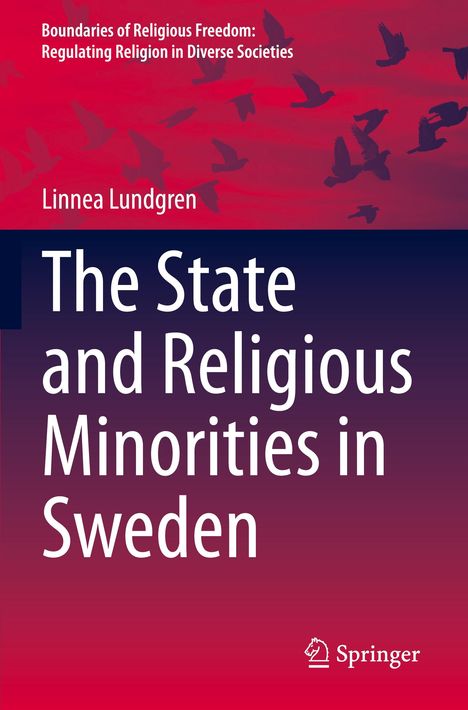Linnea Lundgren: The State and Religious Minorities in Sweden, Kartoniert / Broschiert
The State and Religious Minorities in Sweden
Buch
lieferbar innerhalb 2-3 Wochen
(soweit verfügbar beim Lieferanten)
(soweit verfügbar beim Lieferanten)
Aktueller Preis: EUR 120,46
Verlängerter Rückgabezeitraum bis 31. Januar 2026
Alle zur Rückgabe berechtigten Produkte, die zwischen dem 1. bis 31. Dezember 2025 gekauft wurden, können bis zum 31. Januar 2026 zurückgegeben werden.
Versandkosten
(United States of America): EUR 19,90
- Verlag:
- Springer, 10/2024
- Einband:
- Kartoniert / Broschiert, Paperback
- Sprache:
- Englisch
- ISBN-13:
- 9783031421570
- Artikelnummer:
- 12043353
- Umfang:
- 168 Seiten
- Gewicht:
- 265 g
- Maße:
- 235 x 155 mm
- Stärke:
- 10 mm
- Erscheinungstermin:
- 26.10.2024
- Hinweis
-
Achtung: Artikel ist nicht in deutscher Sprache!
Weitere Ausgaben von The State and Religious Minorities in Sweden |
Preis |
|---|
Klappentext
Inclusion and Exclusion of Religious Minorities.- The State, Civil Society and the Individual.- The State, The Church and Religious Minorities before 1952.- Policy Field of Religion-State Relations.- Policy field of Education.- Policy Field of Integration.- Continuity and Change in the Governance of Religion.- A Risk or a Resource? The Individual, the Religious Community and the State.

Linnea Lundgren
The State and Religious Minorities in Sweden
Aktueller Preis: EUR 120,46

